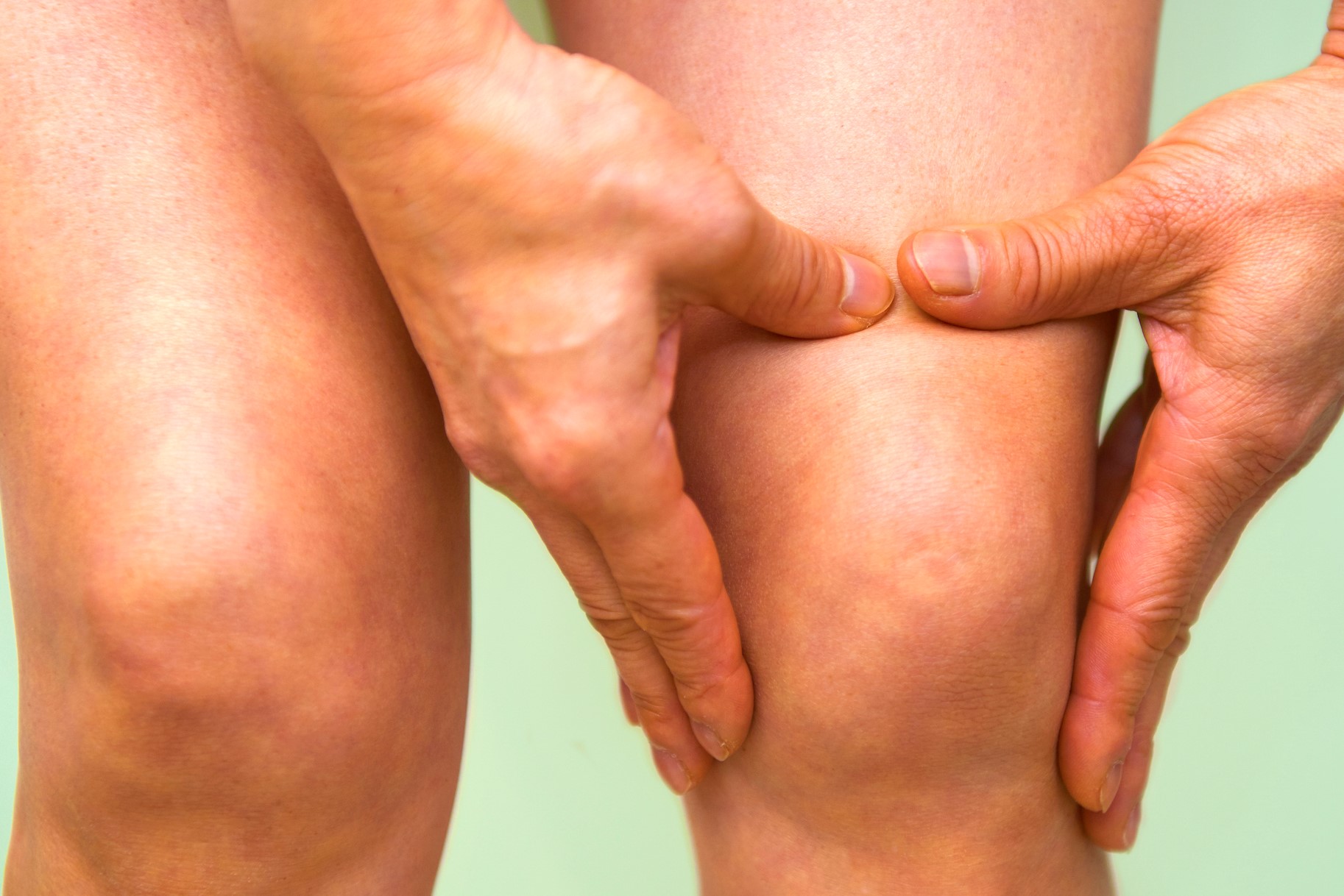
Knee bursitis: causes, symptoms, diagnosis and treatment
Knee bursitis is a common medical condition that causes inflammation of the synovial bursa of the knee, a small sac of synovial fluid that is located between the patellar tendon and the subcutis of the front of the knee, or between the patella and the subcutis
This inflammation can cause pain, swelling and stiffness in the knee, limiting the joint’s ability to move.
What is knee bursitis?
Bursitis is a painful condition that occurs when the synovial sac, known as the ‘bursa’, containing synovial fluid that acts as a natural ‘cushion’ for the joint periphery and various anatomical structures, becomes inflamed.
Bursae are located between bones and tendons or between different tendon, fascial or muscle planes, and are most susceptible to inflammation in the shoulder, elbow, knee and hip.
There are two types of bursitis: inflammatory bursitis, caused by repeated movements, deposits of urea crystals or bacterial or viral infections, and haemorrhagic bursitis, usually caused by trauma that causes vessels to rupture resulting in blood collecting in the bursa.
What are the symptoms of bursitis?
The painful symptoms of bursitis can make movement complicated or impossible.
The main symptoms of bursitis are:
- pain, which tends to increase with movement or pressure;
- redness and swelling;
- presence of bruising (ecchymosis or haematomas) that coincide with small blood spillages;
- rashes;
- functional limitation with lameness;
- fever.
What are the causes of knee bursitis?
Bursitis can have different causes
- inflammatory
- traumatic (single or repeated micro-trauma)
- rheumatic (gout, rheumatoid arthritis)
- infectious
Knee bursitis can be caused by single violent trauma or repeated micro-trauma, often associated with specific work or sports activities such as plumbers, electricians, gardeners, wrestling, volleyball, football and artistic gymnastics.
Obesity and arthrosis may also contribute to its onset.
Conditions that weaken the immune system can increase the risk of infectious bursitis, which can also occur as a result of trauma that causes an injury to the skin with contamination of the bursa.
In some cases of traumatic-inflammatory bursitis, an injury to the blood vessels may occur, resulting in the formation of a blood effusion (haemorrhagic bursitis).
This pathology mostly affects people between 30 and 50 years of age, while it is rare in adolescents.
How is bursitis diagnosed?
The diagnosis of bursitis is based on the clinical test of the swelling, which is assessed by palpation, and on the patient’s medical history.
Before proceeding with surgical removal of the bursa, an ultrasound test is performed.
If the doctor suspects an infectious or rheumatic form, blood tests will be required.
Only in selected cases may X-ray and/or MRI tests be required.
What to do in case of knee bursitis?
The treatment of a bursitis involves
- joint rest, trying to keep the limb elevated above the level of the heart;
- use of an ice pack;
- oral and local anti-inflammatory therapy;
- physical therapies, such as laser therapy and tecar therapy;
- possible aspiration of the contents;
- possible surgical excision in rare cases that become chronic.
How to prevent knee bursitis
The prevention of bursitis is particularly important for those who have already suffered from it, in order to prevent the problem from recurring.
Here are some useful tips for preventing it
- use specific knee pads to protect the joint;
- bend your legs when lifting a weight or rising from a sitting position, especially during repetitive and strenuous work activities;
- avoid overstraining and lifting excessively heavy loads;
- practise running on suitable surfaces;
- always warm up your muscles before any physical or sporting activity; train your body for balance and maintain correct posture;
- avoid repetitive movements or holding the same position for too long;
- try to avoid overweight and obesity.
Read Also
Emergency Live Even More…Live: Download The New Free App Of Your Newspaper For IOS And Android
Knee Cyst: What It Is, What The Symptoms Are And How They Are Treated
Knee Pathologies: Patellofemoral Syndrome
Unicompartmental Prosthesis: The Answer To Gonarthrosis
Anterior Cruciate Ligament Injury: Symptoms, Diagnosis And Treatment
Ligaments Injuries: Symptoms, Diagnosis And Treatment
Knee Arthrosis (Gonarthrosis): The Various Types Of ‘Customised’ Prosthesis
Rotator Cuff Injuries: New Minimally Invasive Therapies
Knee Ligament Rupture: Symptoms And Causes
Lateral Knee Pain? Could Be Iliotibial Band Syndrome
Knee Sprains And Meniscal Injuries: How To Treat Them?
Treating Injuries: When Do I Need A Knee Brace?
Wrist Fracture: How To Recognise And Treat It
How To Put On Elbow And Knee Bandages
Meniscus Injury: Symptoms, Treatment And Recovery Time


